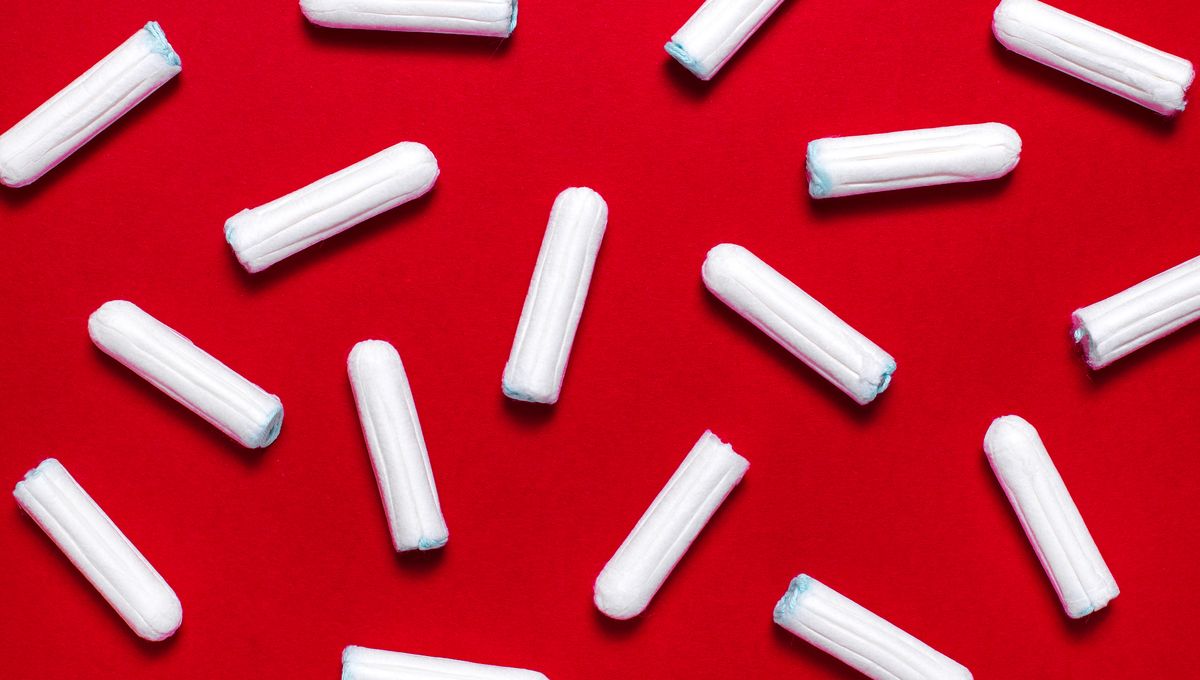
A first-of-its-kind study has revealed that tampons contain toxic metals, including arsenic and lead. The “concerning” finding could mean that potentially millions of people are at risk of adverse health effects.
According to the study, between 52 and 86 percent of people in the US who menstruate use tampons, generally for hours at a time. In addition to this, the skin of the vagina is highly absorptive, which means that if tampons did contain metals, there would be a very real risk of exposure for a large number of people. And yet, the study authors believe, their research is the first ever to measure metals in tampons.
“Despite this large potential for public health concern, very little research has been done to measure chemicals in tampons,” said lead author Jenni A. Shearston in a statement.
To remedy this, Shearston and colleagues analyzed the concentrations of 16 metal(loid)s in 30 tampons from 14 tampon brands. The metals studied were: arsenic, barium, calcium, cadmium, cobalt, chromium, copper, iron, manganese, mercury, nickel, lead, selenium, strontium, vanadium, and zinc.
“Concerningly, we found concentrations of all metals we tested for, including toxic metals like arsenic and lead,” Shearston added.
Although concentrations differed by region of tampon purchase (US vs European Union/UK), by organic vs non-organic material, and for store- vs name-brand tampons, metals were found to be present in all tampon types. No category had consistently lower concentrations of all or most metals. For example, lead concentrations were higher in non-organic tampons but arsenic was higher in organic tampons.
Several toxic metals were detectable in all tampon samples, including arsenic, cadmium, chromium, lead, and vanadium. Among these, lead had the highest concentration with a geometric mean of 120 nanograms per gram.
Overall, the highest concentration was found for zinc (geometric mean = 52,000 ng/g).
“Tampon use is a potential source of metal exposure,” the study authors conclude. Metals have previously been found to increase the risk of dementia, cancer, infertility, and diabetes – and are known to damage the liver, kidneys, and brain, as well as the cardiovascular, nervous, and endocrine systems. However, what, if any, impact their presence in tampons has on the health of the people who use them is as yet unclear.
“Future research is needed to replicate our findings and determine whether metals can leach out of tampons and cross the vaginal epithelium into systemic circulation,” the authors explain.
The researchers call for more stringent regulations that require tampon manufacturers to test their products for metals. “It would be exciting to see the public call for this, or to ask for better labeling on tampons and other menstrual products,” said Shearston.
For now, the US Food and Drug Administration recommends only wearing a tampon when on your period and advises they be changed every four to eight hours and never worn for more than eight hours at a time.
The study is published in the journal Environment International.
Source Link: Toxic Metals Like Lead And Arsenic Found In Tampons In First-Of-Its-Kind Study